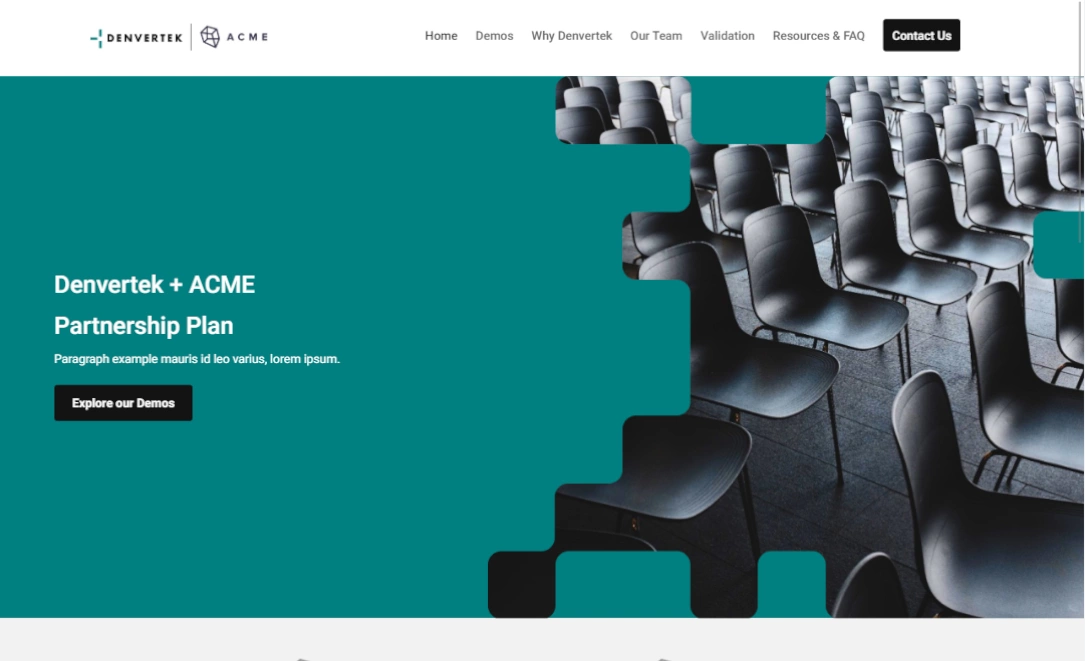RFP responses are the bread and butter of many businesses. Unfortunately, sometimes bids and pursuits teams are in such a rush to get responses out the door, that not much thought goes into how to write them as effectively as possible.
With sound RFP project management, it’s possible to write great RFP responses which help the business put its best foot forward. Here are some of the best practices for responding to RFPs.
1. Put the customer’s needs first in your response to Request for Proposal
Think about the RFP response process from the other side of the table. The procurement management and team are busy and by definition are almost guaranteed to be receiving a number of different bids on the project they put out to market.
Naturally, most RFP responses are going to require that users invest a lot of effort in talking about themselves: their team, their capabilities, and their prior experience in rolling out projects like this.
However, the core of the RFP responses should be on the company and how you’re going to be able to solve their problem. Look over the text that you have written to date and ask yourself:
- Is all of this focused on the value that our solution could bring to the potential client?
- Do we make an effort to link back our competencies to how we could help them, specifically?
- Are we sure that we really understand exactly what the client is looking for here? Have a think through the spec and try to really appreciate what they’re after.
2. Make sure to include an executive summary while responding to an RFP
RFPs vary widely in terms of the level of detail required from respondents. But even if it’s a short writing project, it’s a good practice to include a short RFP response executive summary in order that readers can more quickly glance between its sections.
You can choose to include the executive summary in various places when responding to RFPs. It’s most traditional to put it at the start of the RFP response. If you’re including a cover letter – which is always a good idea – then the executive summary can go immediately after that. Alternatively, you can include an executive summary at the end of the bid. This might make more sense in relatively short proposals when you want to give an executive a quick snapshot of the information you have presented to date.
3. Prioritize the best opportunities when responding to RFPs
We’ve discussed elsewhere in this RFP series how important it is to institute a formal process for keeping track of those RFPs which your company is pursuing. Besides having a solid project management system in place —although this needn’t necessarily be more complicated than a spreadsheet — it’s also often a good idea to appoint a project manager whose job it is to keep on top of the bidding.
One of the most essential parts of that role is looking at the RFP opportunities coming in the door and then ranking them according to the likelihood of success. This is essentially the same process as lead scoring for direct business opportunities and the same rationale underlies it: it doesn’t make much sense to respond to an RFP with low value or a low chance of success.
4. Get in before the stampede
You’ve probably heard the saying before that projects tend to magically extend to reach up to a deadline. This is true for RFP responses too.
However, there are a lot of potential advantages to getting in early. For one, your proposal might be read before others are. Secondly, cutting things down to the wire every time puts your response team under a lot of stress. We’ve discussed before how it actually takes a whole team of people to work on your average proposal, ranging from content writers through to graphics designers and admin staff. Sending in RFPs is really a long-term gambit. You don’t want the proposal writing department to get a reputation as being a hotbed of stress and burnout. Instead, make sure that your RFP response writing process is managed in an orderly way and that projects are initiated and closed on time.
5. Use a microsite to make your RFP response interactive
Zoomforth has helped its many professional services clients build a new and much more exciting breed of RFP responses: those based on our industry-leading microsite technology.
Zoomforth features everything you need to build a much more engaging RFP response, while still keeping to the formatting requirements that are commonplace in this sphere.
With Zoomforth you can:
- Send clients a personalized miniature website with your bid response rather than a static document
- Deliver more quickly through the RFP process by building out a template, or multiple ones, and iterating from them
- Embed audio and video content in order to provide a much more immersive experience for those reading the bids
- Track audience engagement in real time, to help you decide when and how to follow up.
To find out more about how Zoomforth can help you stand out from your competitors, request a demo here.



